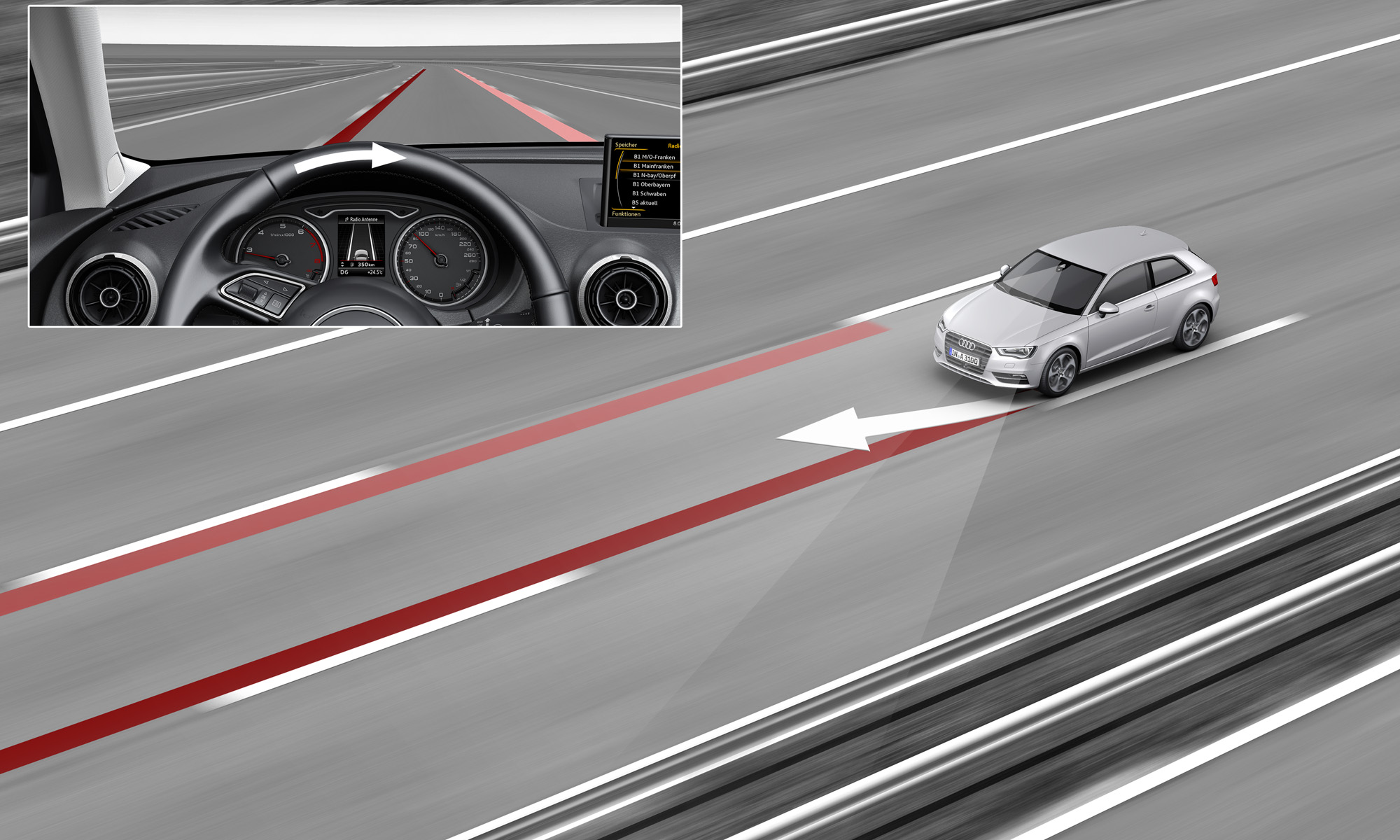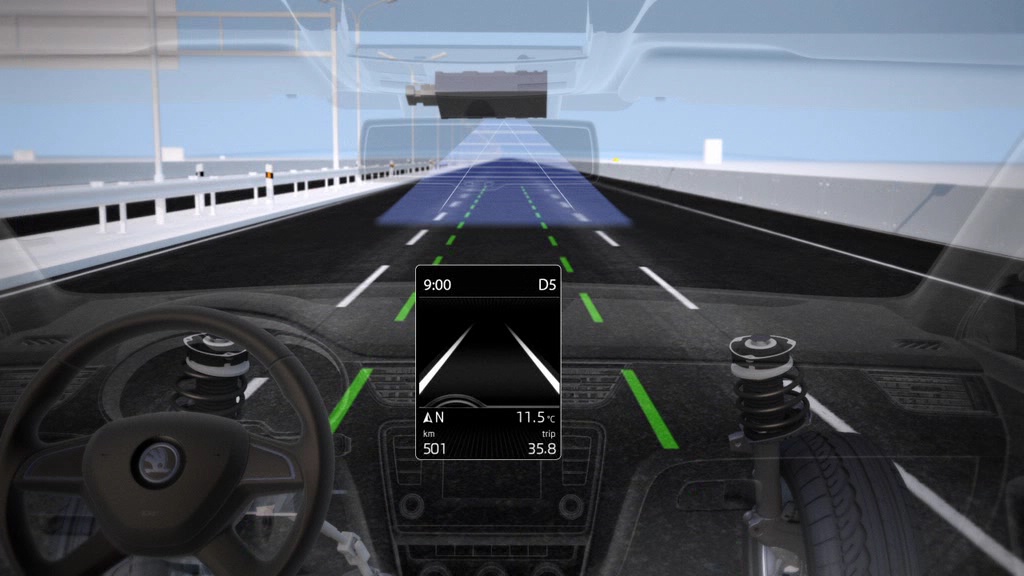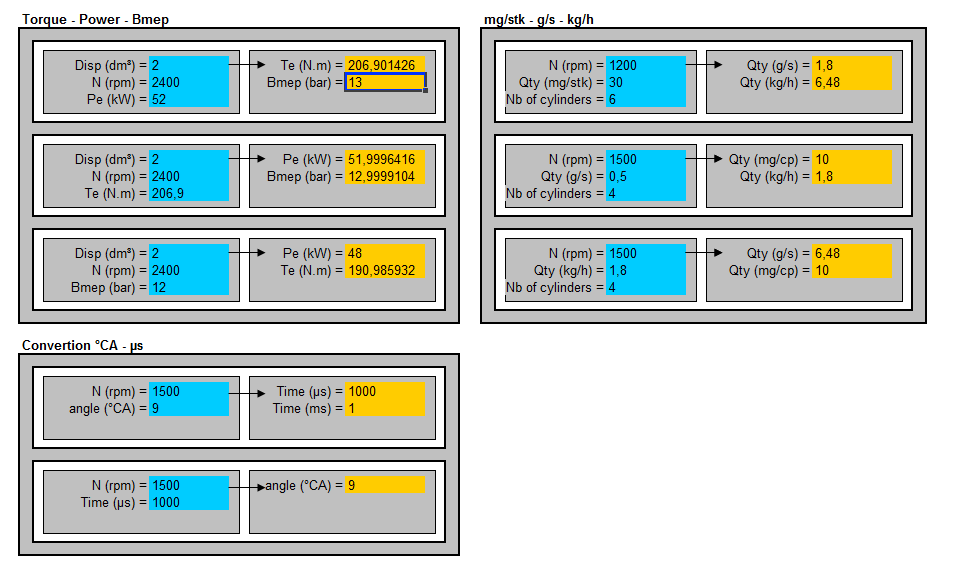Audi’s Active Lane Assist is a system intended to help the driver stay within the intended lane of travel. At speeds above 65km/h, a camera mounted by the rear view mirror at the top of the windscreen detects lane marking ahead of the vehicle. Information from the camera is combined with data about the car’s speed and trajectory to calculate the time and distance before a lane marking would be crossed. When one or other of those parameters is less than a critical value, Active Lane Assist intervenes by apply a gentle steering correction by means of the electric power steering fitted to the car.

The amount of torque applied to the steering is small and can be easily overcome so that the driver remains in ultimate control of the vehicle at all times. The system is designed to assist the driver in cases where lane departure is unintentional. If the system is unable to correct the lane departure (because the curve is too sharp, for example), the system will additionally warn the driver through a steering wheel vibration. Active Lane Assist senses when the lane marking is being crossed deliberately: corrective steering is suppressed if the driver uses the direction indicators or if a decisive steering action is detected by the power steering unit.
The system also deactivates if no steering input has been detected from the driver for some time (indicating that the driver is relying on Active Lane Assist to steer the car).

What is the safety benefits?
Active Lane Assist is intended to address unintentional lane changes on rural roads and on highways, at speeds above 65km/h. Such accidents represent a disproportionate number of deaths and serious injuries, so it is for these injury severities that Active Lane Assist can provide the greatest benefit.
How has the system been assessed?
Track tests were done under controlled conditions during the development of Active Lane Assist. These ensured that the system met the intended functionality: corrective steering was applied and the car stays within the intended lane for the full range of speeds and bend radiuses for which the system was designed; and, conversely, the system deactivated in curves below the design radius, and where the driver appears not be steering the vehicle. The effectiveness of the computer at identifying road markings was determined from video analysis of real-life driving scenarios recorded all over Europe. In addition, test drivers assessed in real-world conditions the correct system functionality in a wide range of traffic, road and weather conditions across Europe.
What are the limitations?
Active Lane Assist can be switched on and off by the driver. At the beginning of a new journey, the system restarts with the last on/off status: if the system has been switched off, it remains off at the beginning of the next journey. The system does not switch on by default at the start of a journey.
Source: EuroNCAP
Charlie’s opinion:
Several automotive manufacturers have decided to implement this technology into their vehicle (Ford lane keeping alert, Seat lane assist, Infinity lane departure prevention, Opel eye …). This active safety innovation will for sure save lives, but drivers should not rely on Active Lane Assist to do their driving for them!




















